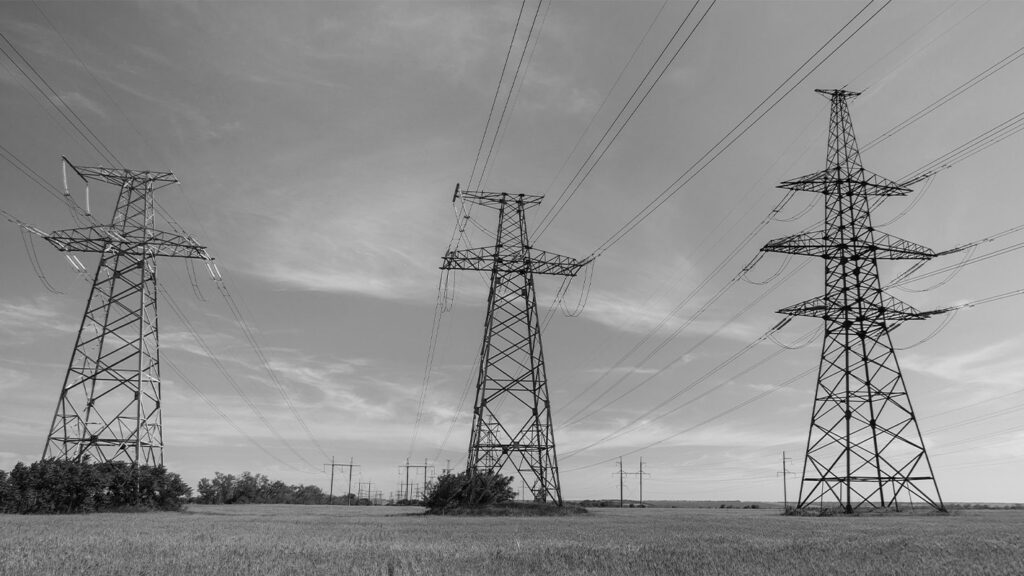The Issue at Hand
Operating in close proximity to power lines presents a significant risk, especially for those utilizing specialized equipment such as boom lifts, scissor lifts, and other aerial apparatus. These risks are not merely theoretical; they translate into tangible incidents, resulting in grievous injuries and, in worst-case scenarios, fatalities.
The Broader Implications
Electrocutions and falls from significant heights are stark realities when safety measures are either overlooked or insufficiently enforced. The ramifications extend beyond individual incidents, impacting the organization’s legal position, financial stability, and corporate reputation.
The Strategic Response
The Occupational Safety and Health Administration (OSHA) has delineated stringent guidelines to address these challenges. This document provides an executive overview of these regulations, emphasizing actionable strategies to ensure worker safety in proximity to power lines.
Deciphering OSHA’s Clearance Mandates
The 10-Foot Directive
OSHA’s regulations mandate that aerial lift operators maintain a minimum clearance of 10 feet from power lines. This directive is unequivocal and encompasses any conductive elements that might come into contact with these lines. The guiding principle is straightforward yet vital: always operate under the assumption that power lines are live to negate the risk of electrocution.
Safety Protocols as Outlined by OSHA
Insulation of Active Power Lines: Implementing insulating materials on power lines serves as a primary defense against unintended contact.
Equipment Grounding: Grounding is not merely advisable but essential. All apparatus used near power lines must be grounded appropriately to circumvent electrical hazards.
Utilization of Insulating Barriers: Employ insulating barriers to establish a tangible separation between personnel and power lines.
The Imperative of Risk Assessment: The Rationale
Prior to commencing any operation, a thorough risk assessment is paramount. This evaluation acts as a strategic blueprint, pinpointing the location of both overhead and subterranean power lines, thereby facilitating the design and execution of requisite safety protocols.
Site Survey: A Prerequisite
A comprehensive site survey is foundational for any project in the vicinity of power lines. This assessment should catalog all electrical sources, with a particular focus on overhead lines. Pinpointing these lines is the inaugural step in ascertaining the necessary clearance and orchestrating other safety measures.
Safety Distances: Beyond the Numbers
While the 10-foot directive serves as a foundational guideline, the actual required distance can fluctuate based on the voltage of the power lines. For lines exceeding 50,000 volts, an incremental 1/2 inch for every supplementary 1,000 volts is mandated.
The Observer’s Role
In scenarios where visual estimation of clearance is challenging, the appointment of an observer is advisable. This individual’s primary role is to assist the operator in adhering to the stipulated safe distance, thereby amplifying overall safety measures.
Tools and Equipment: The Insulative Edge
Opting for non-conductive tools and equipment introduces an additional safety layer. This encompasses ladders, ropes, and other apparatus crafted from non-electrically conductive materials. Such tools curtail the probability of electrical mishaps, fortifying overall safety.
Emergency Response to Power Line Incidents
In the unfortunate event of an incident, established emergency protocols are crucial. For instance, if an operator contacts a power line while on an aerial lift, they should remain stationary and promptly notify the power company to deactivate the line.
Training: A Cornerstone of Safety
To fortify the safety of aerial lift operators and other personnel working near power lines, OSHA mandates exhaustive safety training. This curriculum should encompass the risks associated with elevated operations, the perils of proximity to power lines, and strategies to mitigate these hazards.
A Leadership Mandate: Prioritizing Safety in the Electrical Frontier
Ensuring worker safety near power lines is a multifaceted responsibility. By rigorously adhering to OSHA guidelines and instituting robust safety protocols, organizations can substantially diminish associated risks. As leaders, our commitment to safety is not just a regulatory obligation but a moral imperative.





